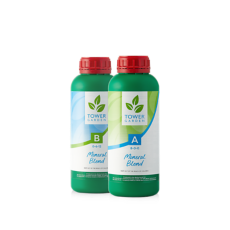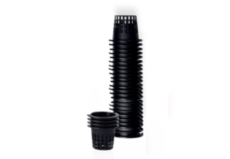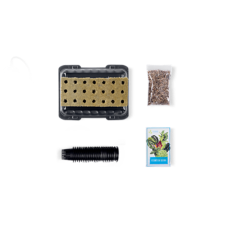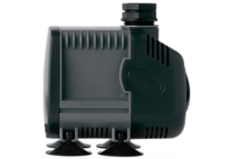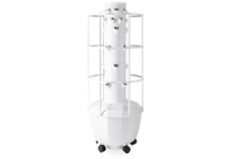How to Make Your Late Season Produce Ripen Faster
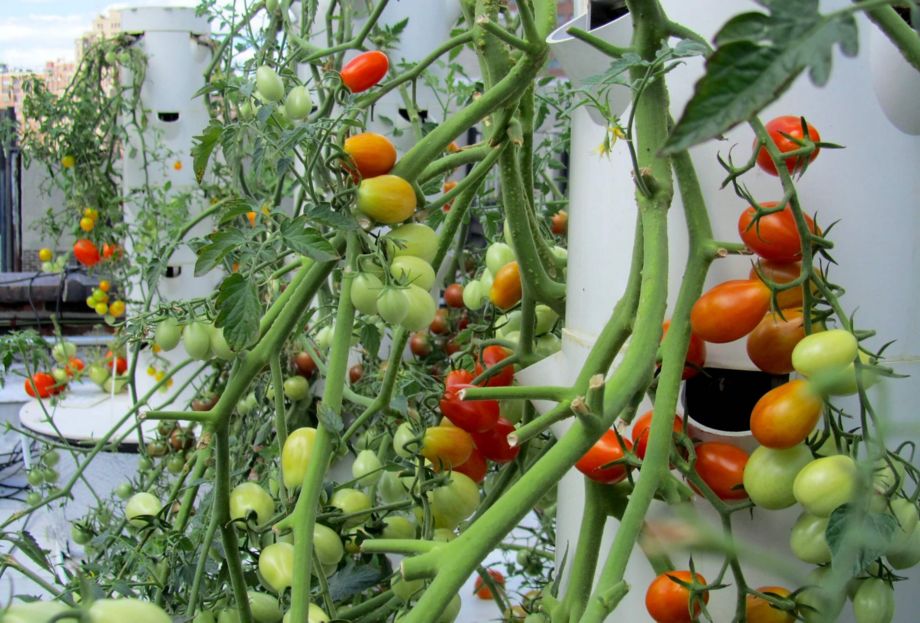
Heads up, outdoor Tower Gardeners! When temperatures drop late in the season, you may notice unripe produce on your Tower Garden. Once daytime temps remain below 50°F (10°C), these late fruits won’t be able to mature.
Don’t worry! Chances are that you can salvage many of your not-quite-ready crops. Just follow these steps to speed up the ripening process.
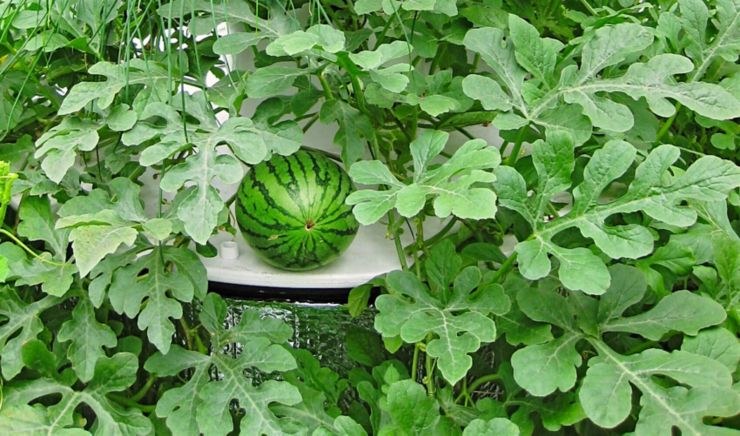
1. Harvest whatever is ripe
When a plant has several unharvested fruits, it tries to ripen them all at the same time, which can take a while. (If you’ve ever tried taking care of a bunch of tasks all at once, you’re probably familiar with how much more energy that can absorb!) But when you harvest as much as possible as soon as possible, your plant focuses its energy only on the unripe produce that remains.
Tower Tip: You can harvest — and eat — many crops, including peppers and tomatoes, while they’re still green. That encourages the fruits left behind to mature faster.
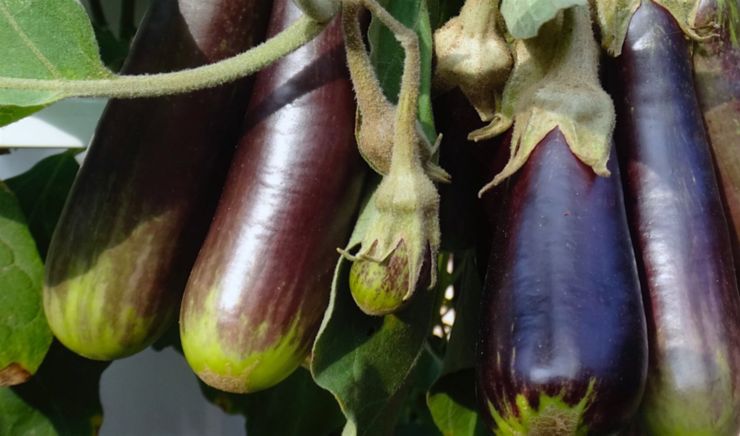
2. Add stress (yes, really)
Pruning can facilitate ripening by putting plants in survival mode. When plants feel threatened, they accelerate fruit development to produce seeds and ensure another generation.
Cut your plants’ roots by up to half their length, prune away as much as one-third of their leaves, and pinch off any flowers. These steps should introduce enough stress to speed the ripening process (without killing your plants).
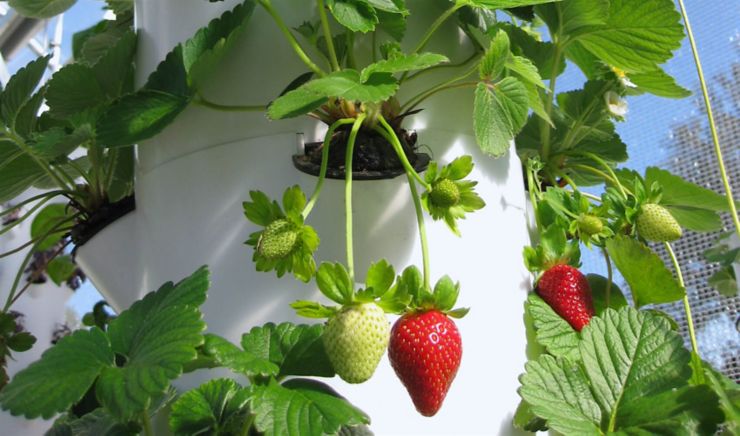
3. Give your garden more time
When you end up with unripe fruit, it’s usually because the warm weather didn’t stick around long enough. But with the right tools, you can extend the growing season:
- An aquarium heater can help you keep your Tower Garden’s water temperature in the ideal range of 15-25°C.
- A greenhouse allows you to maintain a suitable microclimate indefinitely.
?wid=740&_ck=1666008227915)
4. Hang up whole plants
If you’re expecting a frost, harvest any fruit left in your garden. Frost damage halts the ripening process altogether.
For most crops, you can also hang whole plants — fruits to roots — upside down in a garage, mudroom, or other dry, frost-protected place. That promotes ripening even as plant vines and stems wither.
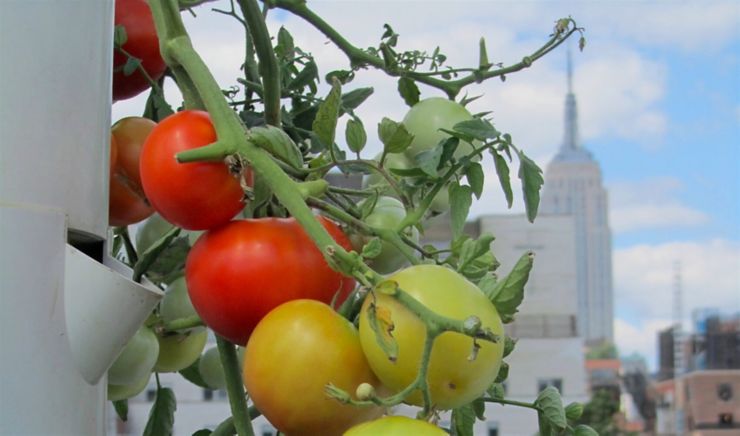
5. Pump up the ethylene (tomatoes only)
Most crops won’t continue ripening after harvest, but tomatoes do. For that, you can thank ethylene, a naturally occurring plant hormone released by many foods, including tomatoes. Increasing the amount of ethylene your tomatoes are exposed to will also speed up ripening.
To turn your green tomatoes red as quickly as possible, follow these simple steps:
- Harvest, wash, and dry the tomatoes.
- Place them in a breathable container, such as a paper bag or cardboard box. (Plastic or other non-breathable materials trap humidity and increase the likelihood of rot.)
- Consider adding other ripening produce to the container — bananas and apples release ethylene, too.
With this approach, ripening can take days or weeks, depending on how ripe the produce is at harvest. Tomatoes that have started turning red or have a little give when squeezed usually ripen faster than bright green, firm fruits.
Again, keep in mind that most plants other than tomatoes won’t continue to ripen after harvest. So for peppers, cucumbers, aubergine, squashes, melons, and other crops, stick to the first four methods above.


